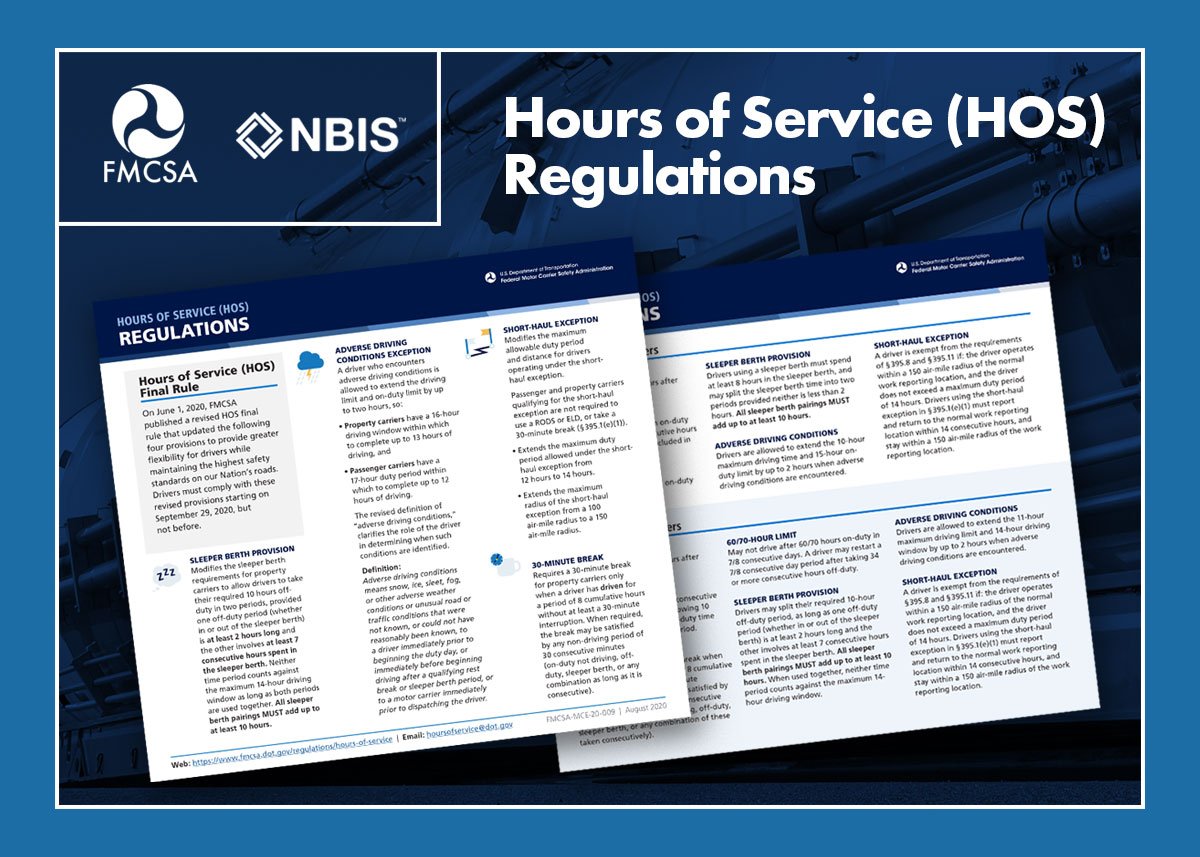As you know, the Federal Motor Carrier Safety Administration (FMCSA) uses the Safety Measurement System (SMS), a core component of the Compliance, Safety, Accountability (CSA) program, to identify high-risk companies and operators of commercial motor vehicles (CMVs).
In 2019, FMCSA completed its Item Response Theory (IRT) study suggested by the National Academy of Sciences (NAS). During the course of this study, FMCSA identified changes the Agency could make to its prioritization methodology to better identify motor carriers for safety interventions.
FMCSA’s new prioritization methodology includes the following proposed changes, which would streamline information and improve data-driven safety decisions:
- Reorganized “BASICs”
- Reorganized Roadside Violations
- Simplified Roadside Violation Weights
- Proportionate Percentiles
- New Segmentation: Driver Fitness and Hazardous Materials (HM) Compliance Safety Categories
- Improved Intervention Thresholds to focus on carriers with high crash rates
- Increased Focus on Recent Violations
- Updated Utilization Factor
- Vehicle Miles Traveled (VMT) per vehicle.
Understanding the Proportionate Percentiles Change
One of the biggest frustrations of motor carriers related to CSA has been the impact of moving between safety event (peer) groups.
The SMS places carriers in Safety Event Groups (SEGs) based on the number of safety events, or inspections and crashes in which they have been involved. This concept is important because it accounts for the inherently greater variability in inspection, violation, and crash rates based on very different levels of exposure.
SEGs allow SMS to handle the widely diverse motor carrier population while ensuring that similarly situated carriers are treated with the same standards.
However, carriers can sometimes experience a large jump of 20 or more percentiles without a corresponding change in measure simply because they gain an inspection and move to the next highest SEG.
The proposed methodology would use proportionate percentiles to eliminate large fluctuations in percentile results that occur for non-safety related reasons under SMS’ SEG approach.
Proportionate percentiles would use the exact number of safety events to assign a percentile for a motor carrier, no longer relying on the cut-offs established by SEGs.
This methodology has several benefits compared to the SEG approach used in SMS:
- Customized to a carrier’s exact number of events.
- Ensures stable results for carriers by only allowing for gradual percentile changes from month to month when dropping or adding events.
- Allows an individual carrier’s change in measure to have greater influence on their percentile. There would no longer be substantial percentile increases without corresponding measure increase.
Proportionate percentiles would improve the Agency’s ability to compare carriers with similar carriers, and more precisely and accurately indicate how a carrier’s performance is trending from month to month.
Read more here.







